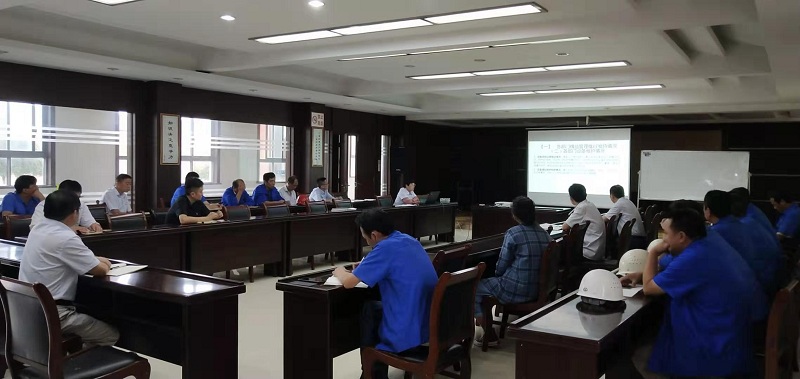
Anhui Shengxin New Materials Co., Ltd. held the August Lean Management Implementation Summary Meeting On September 4th, Anhui Shengxin New Materials Co., Ltd. held a summary meeting on lean management in August, in recognition of the monthly advanced department of lean management. General Manager Yuan Anzhi, deputy general manager and heads of various departments attended the meeting. The meeting summarized the development of lean management in August, arranged the deployment of key tasks in September, and proposed specific solutions to the problems in the lean management work. The meeting requires all employees to be united, strictly implement various rules and regulations such as production safety, and strengthen the responsibility of work and put an end to the phenomenon of “pushing and smashing”. All members must work together to form a joint effort to promote lean production.
Read More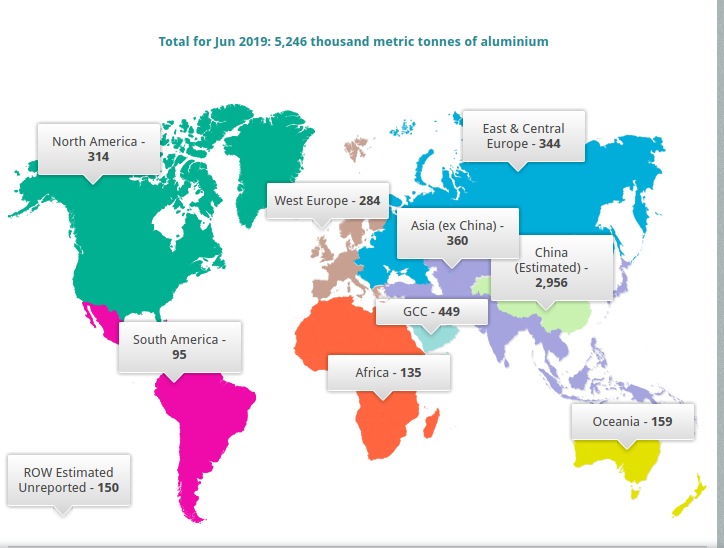
Global aluminium production fell in June, as the worldwide total of smelted primary aluminium last month came to 5.25 million metric tons according to numbers released by the International Aluminum Institute on Monday. Per the Institute’s numbers, June’s production was down on the month by 180 thousand metric tons on the month and 80 thousand metric tons on the year. The world’s top-producing country was the People’s Republic of China, turning out 2.96 million metric tons last month. China’s total was down on the year from last June’s production of 3.05 million metric tons. Aside from China, Asian producers combined to smelt 360 thousand metric tons of primary aluminium in June, down by 8 thousand metric tons on the year. Producers from the Gulf Cooperation Council (GCC) teamed up to produce 449 thousand metric tons of primary aluminium, a rise on the year from last year’s total of 437 thousand metric tons. Aluminium production was up in the Western Hemisphere, with North American producers increasing production by 11 thousand metric tons on the year to 314 thousand metric tons, while South American producers combined to smelt 95 thousand metric tons of aluminium last month, up on the year by 7 thousand metric tons. Production by African producers fell slightly, dropping from 140 thousand metric tons in June 2018 to 135 thousand metric tons last month.
Read More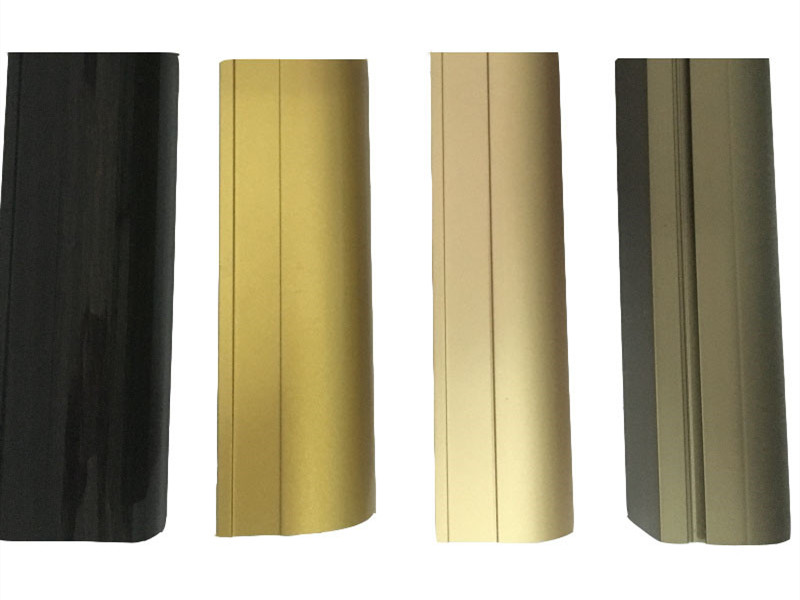
1) GB5237.1 ~ 5-2008, GB5237.6-2004 The construction of aluminum alloy profiles to implement the above standards, that is, as long as the aluminum alloy profiles used in the construction industry, their products must be produced in accordance with the mandatory standards of GB5237.1~5-2008, GB5237.6-2004 and product quality control. 2)GB/ t6892-2006 《General Industrial Aluminum And Aluminum Alloy Extruded Profiles》 Industrial aluminum profiles refer to aluminum extrusion profiles other than architectural doors and windows, curtain walls and aluminum profiles for interior and exterior decoration. Except for the implementation of their specific standards for individual products, most of the implementation standards are GB/T6892-2006 《General Industrial Aluminum and aluminum alloy extrusion profiles》, the products are mainly used in aerospace, transportation, rail vehicles, electronic appliances, sports equipment, radiators, decoration, electric energy, petrochemical, machinery manufacturing and other industrial fields. (3) GB/T26014-2010 《Non-construction aluminum alloy decorative profiles》 Non-construction aluminum alloy decorative profiles refer to decorative aluminum alloy hot extruded profiles with the main purpose of improving visual effects. If the dimensional deviation of the decorative profile is special, it should be indicated in the contract. If there is no special requirement, it should meet the general level requirements in GB/T14846--2008 《Dimensional deviation of extruded profiles of aluminum and aluminum alloys》. Products are mainly used in vehicle interior and exterior decoration, home appliance accessories, kitchen appliances, electronic appliances, interior decoration, medical equipment, instrumentation, office facilities and other fields. 4) GB/T14846-2008 《Dimensional deviation of extruded profiles of aluminum and aluminum alloys》 Another standard for industrial aluminum alloy profiles is GB/T14846-2008 《Dimensional deviation of extruded profiles of aluminum and aluminum alloys》. However, this standard is only for the extrusion size of industrial aluminum profiles, and only for the size requirements can be produced according to this standard. All other requirements are in accordance with the GB/T6892-2006 standard. (5) Advanced foreign standards Foreign advanced standards are: EU EN12020-2 《6060 and 6063 aluminum and aluminum alloy precision profiles Part 2: Dimensions and shape tolerance》, EN755-2 《aluminum and aluminum alloy rods, tubes, types - mechanical properties》, the United States ANSI H35.2 《American Aluminum Material Dimensional Deviation Standard》and Japan JISH4100 《Aluminum and Aluminum Alloy Extrusion Profile》 and other standards are mainly applicable to some special customers or international large building curtain wall companies in well-known buildings, landmark buildings and foreign engineering supervision. Used in engineering, etc. (6) Enterprise standards If the products produced by the enterprise do not have n...
Read More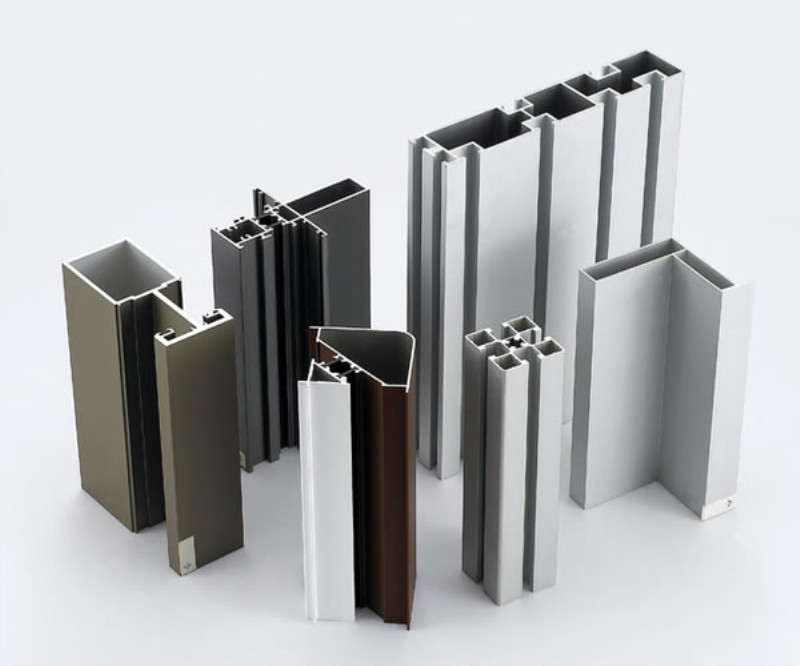
1, Check the product certificates, note the date of manufacture, specifications, technical conditions and production license number. 2, Check the thickness. Thickness of the Aluminum profiles for doors and windows should be not less than 1.2 mm. 3, Carefully observe the surface conditions of aluminum profiles, aluminum should be bright colors, good gloss, the surface can not have a clear scratches, bubbles and other defects are not acceptable on the aluminum profiles surface. 4, Pay attention to the thickness of the aluminum profiles surface coating, surface coating thickness for anodized aluminium extrusions shall not less than 10μm, electrophoretic coating aluminum product thickness of not less than 17μm, surface coating thickness for powder coating aluminium file shall not exceed the range of 40-120μm, Fluorocarbon paint coated aluminium profiles should be two or more, not less than 30μm. 5, The coastal areas users are suggested to choose the electrophresis,powder coated or fluorocarbon coated aluminum alloy profiles for better corrosion resistance.
Read More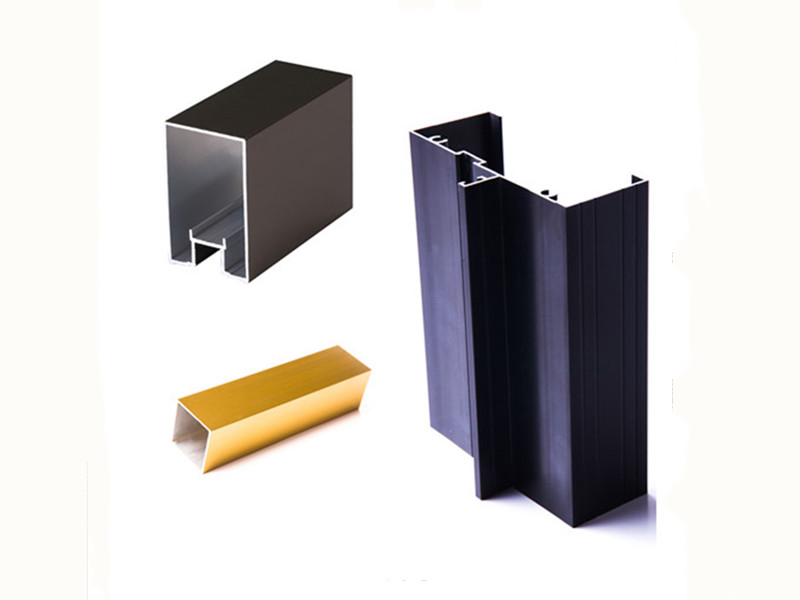
Why should Aluminum profiles need to be powder coated and anodized? Onece the aluminium profile is powder coated or anodized, the aluminium profile become beautiful easy to clean. There is no welding process required to assemble powder coated aluminium profile, so the surface treated aluminium profiles are environmentally friendly and easy to install, remove and transport. This is the reasion why aluminium profiles are widelyly used in building and industrial. As the aluminum alloy is light, easy to process and high mechanical strength,the aluminium extrusion is widely used in building doors and windows, walls and other products. Meanwhile, aluminum has the following two characteristics: (1) The higher purity of aluminum alloy has better corrosion resistance, this is mainly because of a layer of dense natural oxide film generated faster on the pure aluminum surface in the air,this layer of anodized film played a protective role to preventing further corrosion of air, harmful gases and water. (2) The mechanical strength of pure aluminum is high, but the corrosion resistance is low. Although the corrosion resistance of pure aluminum is good, but the mechanical strength is poor, which restricts the application of aluminum, for which we made pure aluminum into various types of aluminum alloy, aluminum mechanical strength greatly improved, but unsurface treated aluminium profiles have the poor corrosion resistance than pure aluminum, which may be due to oxidation and corrosion. In summary, whether industrial aluminium profile or architectural aluminium profiles need to carry out surface treatment for protection through the powder coating and anodizing. In addition to a high corrosion resistance, the surface treated aluminium profile but also has a variety of colors and many other advantages corresponding to the accessories.
Read More online service
online service 0086 136 3563 2360
0086 136 3563 2360 sales@sxalu.com
sales@sxalu.com +86 136 3563 2360
+86 136 3563 2360